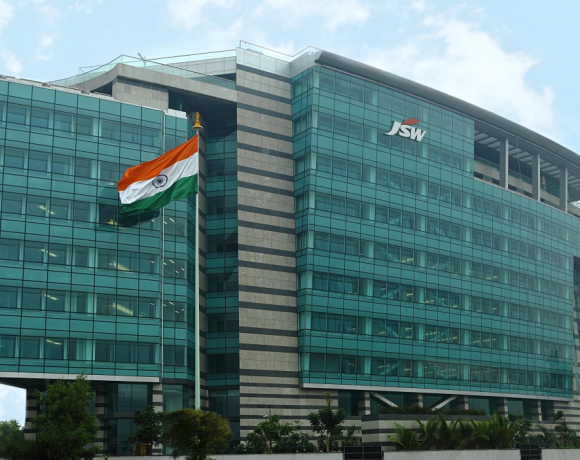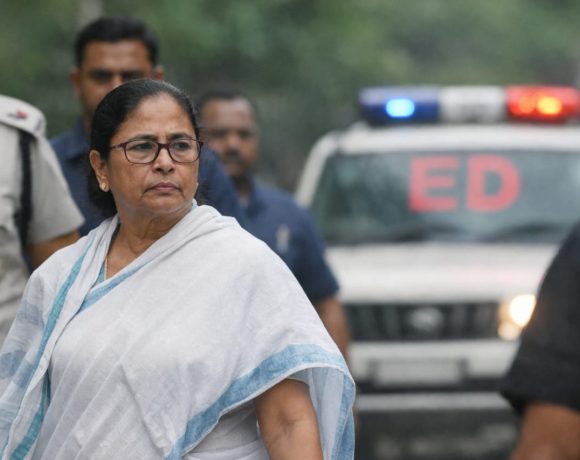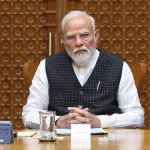
India-US Mini Trade Deal to Skip Sensitive Sectors for Now
India and the United States are nearing a phased mini trade agreement, with the first round of concessions likely to sidestep politically contentious sectors such as agriculture, dairy, and genetically modified food imports. According to Confederation of Indian Industry (CII) President Rajiv Memani, the strategy is to focus on areas of early consensus while deferring more complex negotiations to a later phase.
Trade Pact to Begin with Low-Hanging Fruit
CII President Rajiv Memani confirmed that the current round of the India-US trade pact is designed to address “low-hanging trade barriers” that can deliver quick wins. These may include tariff relief on industrial products like textiles, leather, footwear, electronics, and components. The aim is to build momentum and trust between the two nations while more sensitive areas are kept off the table for now.
The trade strategy reflects a deliberate effort to avoid domestic backlash while still making incremental progress on bilateral economic ties. Memani remarked, “No one wins 100%, but we’re on the right track. The deal will evolve.”
Politically Sensitive Sectors Postponed
Key areas of contention—especially agriculture, dairy, and genetically modified food products—have been set aside for future talks. India has consistently protected its smallholder farming community and resisted opening up its markets to low-cost US agricultural goods. Finance Minister Nirmala Sitharaman has previously labelled agriculture as a “red line” in any trade negotiation, and that stance remains unchanged.
Memani reinforced that these sectors are “best handled in later phases” where more comprehensive frameworks can be developed with stakeholder consultations and regulatory safeguards in place.
July 9 Tariff Deadline Adds Urgency
The mini deal is being rushed to completion before a self-imposed deadline of July 9, after which the US is expected to reimpose retaliatory tariffs as high as 26% on Indian goods under its reciprocal trade laws. Both sides are looking to lock in the first phase of the deal before that deadline. Sources indicate an announcement could be made as early as this weekend.
By securing early gains and reducing tension, the two sides hope to buy time to resolve more difficult issues gradually. The outcome of the first phase is expected to offer modest relief in sectors where there’s already regulatory clarity and business alignment.
Roadmap for Future Negotiations
Post-phase one, India and the US are expected to return to the negotiation table for more complex talks, including digital trade, agricultural market access, pharmaceutical exports, and investment barriers. The phased model allows for structured engagement, reduces the risk of political fallout, and ensures that each side can prepare regulatory and domestic consensus over time.

















